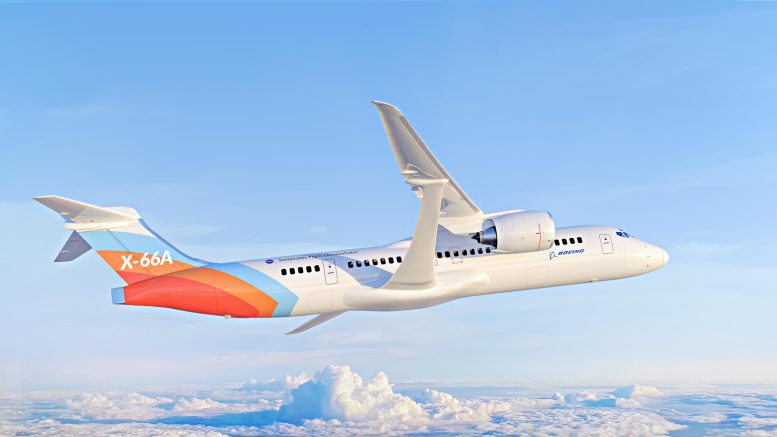
NASA, in partnership with Boeing, has introduced a new livery for the X-66A aircraft, a part of the Sustainable Flight Demonstrator initiative. The X-66A is a pioneering X-plane dedicated to the U.S.’s aim of achieving net-zero aviation greenhouse gas emissions, as stated in the U.S. Aviation Climate Action Plan. Credit: Boeing
NASA and Boeing reveal the new livery for the X-66A, an aircraft designed for sustainable flight and net-zero greenhouse gas emissions, at EAA AirVenture Oshkosh.
NASA and Boeing have unveiled a new livery for the X-66A aircraft that will be produced through the agency’s Sustainable Flight Demonstrator.
The X-66A is the first X-plane specifically focused on helping the United States achieve the goal of net-zero aviation greenhouse gas emissions, which was articulated in the White House’s U.S. Aviation Climate Action Plan.
The Sustainable Flight Demonstrator project seeks to inform a potential new generation of more sustainable single-aisle aircraft – the workhorse of passenger airlines around the world. Boeing will work with NASA to build, test, and fly the X-66A, a full-scale demonstrator aircraft. The X-66A with extra-long, thin wings stabilized by diagonal struts, known as a Transonic Truss-Braced Wing concept.
NASA and Boeing unveiled the livery at EAA AirVenture Oshkosh.
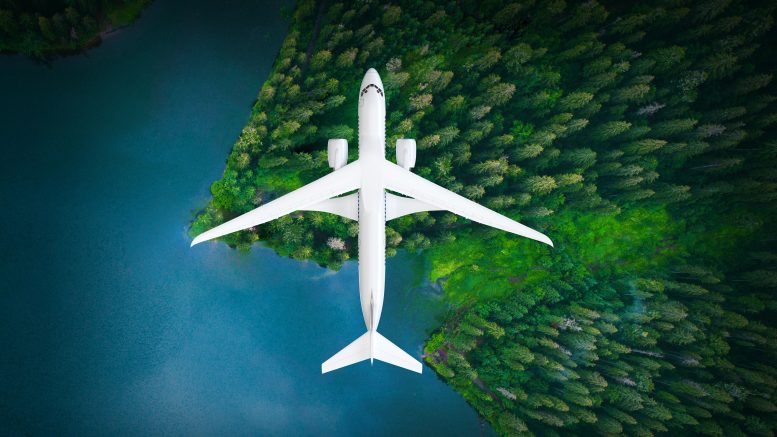
The X-66A is the X-plane specifically aimed at helping the United States achieve the goal of net-zero greenhouse gas emissions by 2050. To build the X-66A, Boeing will work with NASA to modify an MD-90 aircraft, shortening the fuselage and replacing its wings and engines. The resulting demonstrator aircraft will have long, thin wings with engines mounted underneath and a set of aerodynamic trusses for support. The design, which Boeing submitted for NASA’s Sustainable Flight Demonstrator project, is known as a Transonic Truss-Braced Wing. Credit: NASA
The X-66A, an innovative aircraft created through NASA’s Sustainable Flight Demonstrator project in partnership with Boeing, aims to pave the way for more eco-friendly single-aisle aircraft, which are fundamental to passenger airlines worldwide. A standout feature of the X-66A is its Transonic Truss-Braced Wing design—extra-long wings stabilized by diagonal struts. This aircraft is instrumental in NASA’s commitment to leading in aeronautics and environmental conservation.
The primary goal of the X-66A is to bolster efforts towards achieving net-zero aviation greenhouse gas emissions, in line with the U.S. Aviation Climate Action Plan. Notably, the X-66A has the potential to consume up to 30% less fuel and produce significantly fewer emissions compared to current top-tier aircraft. With single-aisle planes accounting for nearly half of global aviation emissions, the X-66A’s sustainable design could immensely reduce the carbon footprint.


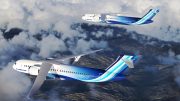


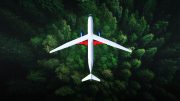
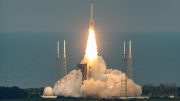

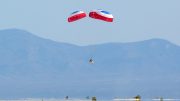
How much safety has been compromised in getting this plane to be that “green?”
Probably ZERO safety will be compromised for that particular reason, as the “green” design has NOTHING to do with safety. When safety is sacrificed, it’s usually for financial and mismanagement reasons, as in the recent Boeing 737MAX debacle.
Wery Interesting
Where will they put the fuel with wings so thin?
I would like to see it’s stall speeds at altitude probably inflatable by humans
Not good choices for passenger aircraft no ejection seats
The F-16 can only be flown by computers same as B-2.
How much tax payer money is being wasted on this? This idiotic green initiative needs to end already.
Your concern is noted! But your opinions are clearly off base.
Airlines are extremely interested in lowering their fuel costs, which make up a major part of their operating budgets, quite independently from any “green” motivations. It just so happens that economic and environmental concerns align perfectly in this case. And what would you prefer to see, that all vehicles consume as much hydrocarbons as possible? Are still driving your 1978 Ford Crown Victoria, or have you switched to a more efficient vehicle, to save money on fuel?
I have a feeling that the high ‘T’ tail is problematic in a stall.
All the disrupted air from a stalled fore truss-wing will keep the horizontal stabilizer from controlling the angle of attack to get out of the stall.
It would be better as a canard based aircraft, and maybe have the engines tail mounted.
Unlike the political madness of landing a woman and person so color on the Moon as a national goal, this NASA effort is a very sensible effort to make commercial aviation more sustainable. After years of configuration study, it is time to build a flying prototype to validate all the modeling done to date. I fully support this use of taxpayer monies.
Worst article. Was this bad ai? I am so tired of articles that just repeat the text from the title over and over. This “article” has no information.
You right! I don’t mind reading factful articles as long as they are concise and truthful!
What an obscene waste of time, money and talent. ” climate change ” is a gigantic grift and fraud. The purveyors of this boondoggle should be separated from sane society, permanently. Good grief.
Why is NASA wasting money on a threat that isn’t in space, and isn’t a threat? These green initiatives are just revenue streams for crooked “leaders”.
When they stop all flying except for miltary and medical emergency we might have a chance of net zero…..until then its just so much male cattle manure.